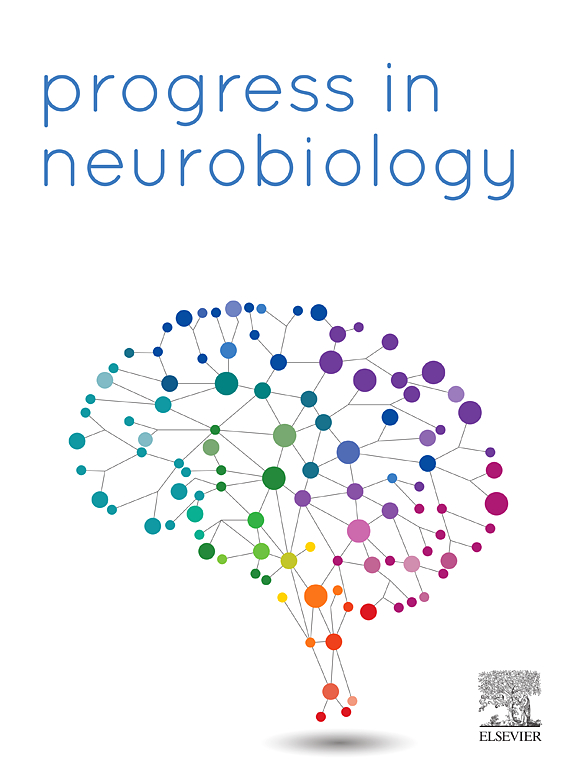The low-density lipoprotein receptor-related protein-1 (LRP1) in Schwann cells controls mitochondria homeostasis in peripheral nerves
IF 6.1
2区 医学
Q1 NEUROSCIENCES
引用次数: 0
Abstract
Following peripheral nerve injury, Schwann cell (SC) survival is imperative for successful nerve regeneration. The low-density lipoprotein receptor-related protein-1 (LRP1) has been identified as a pro-survival SC plasma membrane signaling receptor, however, the responsible mechanisms underlying SC homeostasis remain incompletely understood. Herein, we establish that LRP1 largely manages mitochondrial dynamics and bioenergetics in SCs by limiting mitochondria fission, maintaining healthy mitochondria membrane potentials, and reducing lactate production associated with peripheral sensitization. When SC LRP1 is suppressed, inner-mitochondria-linked pathways in peripheral nerve proteome are dramatically altered, and cristae integrity in unmyelinated C-fibers is compromised. SC LRP1 protected sensory neurons from mitochondrial dysfunction and modulated mitochondria-related biological pathways in the DRG transcriptome. Conditional deletion of LRP1 in SCs induces pain-related behaviors in mice without nerve injury. Results point to a significant role for LRP1 in SC mitochondrial homeostasis and advance our understanding of the sensory neuron response to alterations in SC bioenergetics.
雪旺细胞中的低密度脂蛋白受体相关蛋白-1 (LRP1)控制周围神经线粒体稳态。
周围神经损伤后,雪旺细胞(SC)的存活是神经再生成功的关键。低密度脂蛋白受体相关蛋白-1 (LRP1)已被确定为促存活的SC质膜信号受体,然而,SC稳态的相关机制仍不完全清楚。在此,我们确定LRP1主要通过限制线粒体裂变、维持健康的线粒体膜电位和减少与外周致敏相关的乳酸产生来管理线粒体动力学和生物能量学。当SC LRP1被抑制时,外周神经蛋白质组内线粒体连接通路发生显著改变,无髓鞘c纤维嵴完整性受损。SC LRP1保护感觉神经元免受线粒体功能障碍,并调节DRG转录组中线粒体相关的生物学途径。在没有神经损伤的小鼠中,SCs中LRP1的条件缺失可诱导疼痛相关行为。结果表明,LRP1在SC线粒体稳态中起着重要作用,并促进了我们对SC生物能量学变化的感觉神经元反应的理解。
本文章由计算机程序翻译,如有差异,请以英文原文为准。
求助全文
约1分钟内获得全文
求助全文
来源期刊

Progress in Neurobiology
医学-神经科学
CiteScore
12.80
自引率
1.50%
发文量
107
审稿时长
33 days
期刊介绍:
Progress in Neurobiology is an international journal that publishes groundbreaking original research, comprehensive review articles and opinion pieces written by leading researchers. The journal welcomes contributions from the broad field of neuroscience that apply neurophysiological, biochemical, pharmacological, molecular biological, anatomical, computational and behavioral analyses to problems of molecular, cellular, developmental, systems, and clinical neuroscience.
 求助内容:
求助内容: 应助结果提醒方式:
应助结果提醒方式:


